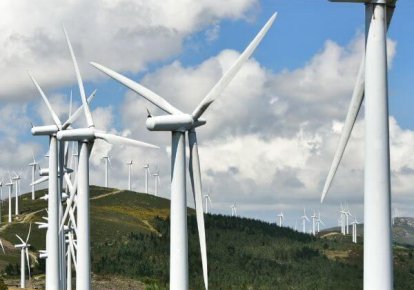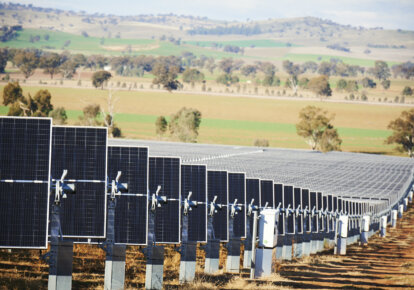On March 7 (2019), our specialists ran through the results of customers who did demand response over summer.
Over the past two summers the Reserve Energy Reliability Trader (RERT) was called upon three times. In January 2019 particularly, customers went the extra mile to reduce consumption and support the grid. The Cumulative Price Threshold was triggered enacting a price cap in all states and strategic power outages occurred. Businesses who powered down during certain times on the 24th and 25th Jan were rewarded with financial payments and reduced costs on their bill. How was this possible? Customers could participate in two different types of demand response.
What are the two main types of demand response?
The first type is emergency demand response or in other words a formalized program called RERT. It is a resource of energy users who are willing to participate in reducing electricity use in return for payment. The second is wholesale demand response where customers respond based on their price threshold; if a certain level is reached then businesses look to reduce power use to reduce their electricity costs.
So far this year, Australia has had a total of 10 hours duration in RERT initiated events.
How did Flow Power customers respond this summer?
Across Victoria and South Australia, our demand response customers reduced their load by 93 percent on average by powering off, partially shutting down or moving across to backup generation over the two high temperature days on the 24th and 25th January.
Webinar Q&A:
Will more businesses be required to participate in Demand Response in the future?
Demand response will continue to be an optional program for customers, however with fixed rate contracts continually rising, businesses will be more inclined to adopt the initiative as a better price outcome. There has been a significant increase in businesses looking to demand response as an option and it is likely to increase in the future, as they know that there is a high probability that they will have their supply cut because of constraints.
How much is the kWatch controller and the price to install. Any license fees for the controller?
All new Flow Power customers will receive a free kWatch controller upon sign up. We aim to make the hardware and the outcome of the data directly available and accessible.
Is there a critical customer size to participate in the RERT program?
We have an extensive portfolio of customers, containing some that are large businesses and others that are smaller. By offering this aggregated portfolio, we can offer this benefit to all customers, even those with smaller loads. For wholesale customers, any size can receive benefits from participating in the wholesale market.
Do you have any customers in QLD signed up to this program? With limited events in QLD is this still viable for the customer?
Yes, we do have customers in Queensland signed up to this program. It is important to understand that in the past, the electricity market was a lot more volatile than it is today and that while there are a limited number of events the market is still susceptible to change.
Currently there is no RERT program in Queensland, however there are some network-based programs in Queensland that customers can explore. Our customers sign up to access the lower spot market price below the fixed rate contract, with the certainty that they have Demand Response up their sleeve available to call on if and when they need it. The motivation to sign up is in the benefit of getting access to low spot pricing. Currently, customers are also enjoying the benefits of doing better than the average market.
Can you provide more information on the Cumulative Price Threshold (CPT) and does it apply in all states?
The Cumulative Price Threshold applies in all states. It is calculated as the rolling seven-day sum of the spot market prices, which is specific to each state. For instance, when extreme events happened on the 24th and 25th of January it only impacted South Australia and Victoria, which were experiencing the extremely hot weather and high demand.
Essentially what happens is you need approximately, eight hours of intervals which equates to the price threshold, around $14,000. Once the CPT is reached it becomes a rolling seven-day window, essentially holding those prices down for around a week. It is an important mechanism to understand for anyone looking to participate as it’s the worst-case outcome.
How is the profit or savings spilt? Does it all go to the customer or spilt with Flow Power?
Flow Power has as a transparent and agreed margin that we charge based on our supply service. We provide an equitable method of distributing out payments that we receive from the market. In terms of the wholesale pass-through, the customer is fully benefited by either paying or avoiding the spot price.
For the RERT program, we negotiate with AMO where we bid for the service to create an outcome that generally has a couple of different components. This is then paid to customers based on their performance, meaning the payments to the customer are dependent on their usage in a period of high demand.
Any questions? We’re here to help.
If you’re interested in learning more about demand response, our friendly team are always available for a chat.
If you’re an existing Flow Power customer, please do not hesitate to reach out to your account manager.
If you’re not a Flow Power customer contact our friendly team today:
? 1300 08 06 08 (within business hours)
?️ Live chat message (within business hours via the chat button at the bottom of your screen)
Alternatively, you can submit your questions through our website contact form here.














